Flight BA12 scheduled to fly from Singapore to London Heathrow, UK on Tuesday (April 23) flew half an hour over Malaysia before returning to its origin, data from flight tracking website FlightAware showed.
The Airbus 380 circled the Singapore Strait for four hours to burn off excess fuel in preparation for landing.
The reason is, planes are designed to land below a certain weight. A heavier plane is more likely to hit the ground hard and be damaged, which is extremely expensive to repair and dangerous.
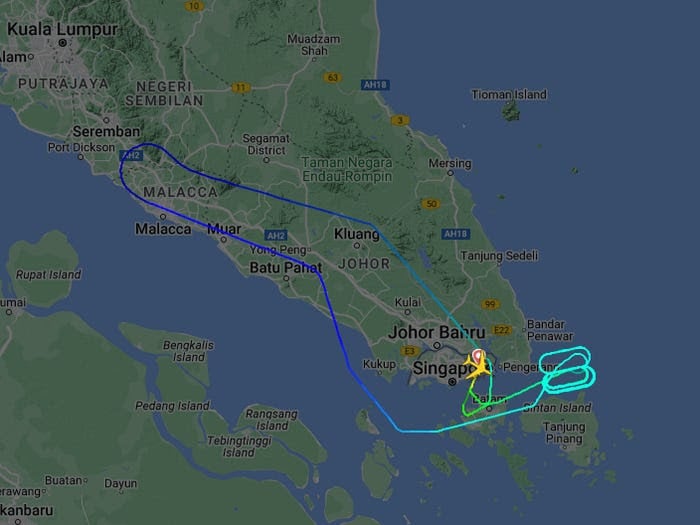
The plane had to circle in the sky for 4 hours to burn fuel.
However, not all planes are meant to circle the sky burning fuel.
Earlier, British Airways flight BA269 from London to Los Angeles suffered a wing failure and the crew decided to return to London shortly after takeoff. To do so, the Boeing 787-9 aircraft with registration number G-ZBKO had to spend more than an hour dumping fuel over the North Sea before landing safely.
Aircraft often dump fuel in emergencies or when they need to land earlier than planned because landing with full fuel can be dangerous due to landing weight restrictions.
While fuel dumping is not an everyday occurrence, it is not uncommon. Nor do they typically represent a major emergency. In fact, if an aircraft takes the time to dump fuel before landing, it may be a sign that the problem that forced the landing is serious but not particularly serious. In the most urgent of emergencies, the decision will likely be to land as soon as possible and not waste time dumping fuel.
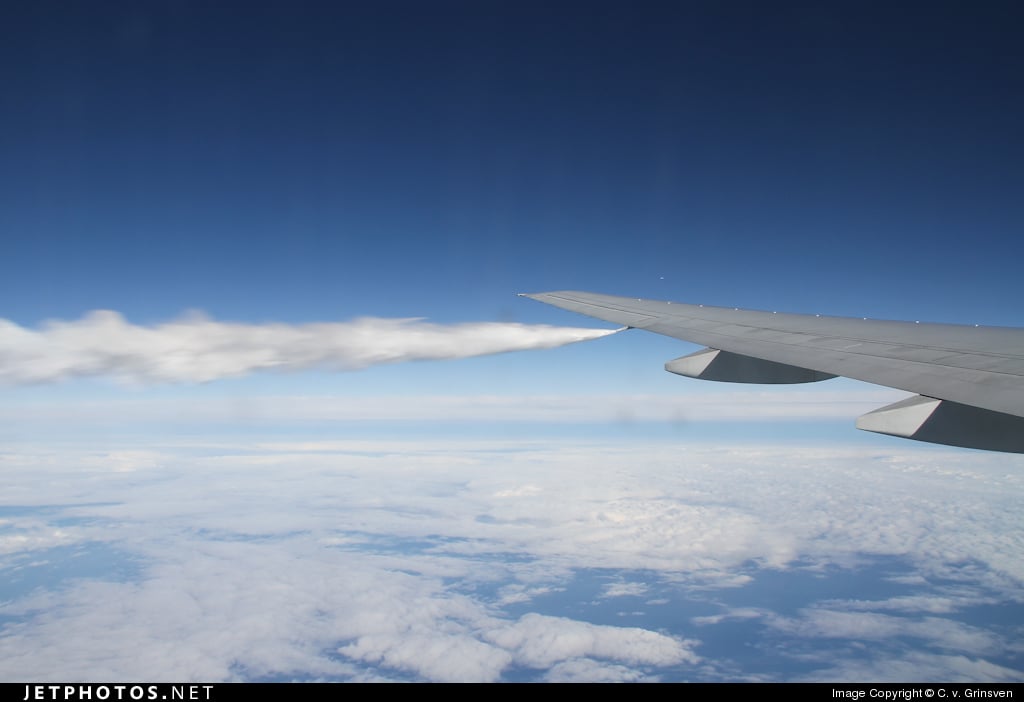
Fuel is dumped out the side of the plane.
The reason for refuelling is simple: to save weight. So if a plane has to return to its departure airport shortly after take-off – especially if it is fully fuelled for an 11-hour flight like London to Los Angeles – it will need to lose weight in order to land.
On many larger commercial aircraft, a special nozzle is fitted on the wing. If the pilot deems it necessary, the system will quickly pump fuel from the nozzle into the atmosphere. Don't worry, there are safety features to prevent fuel from dumping at a certain level, ensuring there is enough left to continue landing.
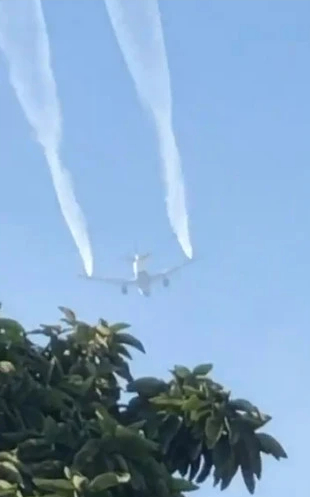
In 2020, a Delta plane reportedly dumped fuel on an elementary school in the US.
The good news is that pilots must dump fuel at a safe altitude and away from other aircraft, and in an area as remote as possible, such as over the ocean. While it is obviously bad for the environment to spray jet fuel into the sky, at altitudes above about 10,000m the fuel will evaporate before it reaches the ground. So even if it happens over a city, no one will feel any direct ill effects.
But there have been exceptions, such as the time a Delta 777 had to turn back shortly after takeoff from Los Angeles and dumped fuel at low altitude, resulting in children being doused in gasoline at a school.
Source link


![[Photo] Prime Minister Pham Minh Chinh and Prime Minister of the Kingdom of Thailand Paetongtarn Shinawatra attend the Vietnam-Thailand Business Forum 2025](https://vphoto.vietnam.vn/thumb/1200x675/vietnam/resource/IMAGE/2025/5/16/1cdfce54d25c48a68ae6fb9204f2171a)









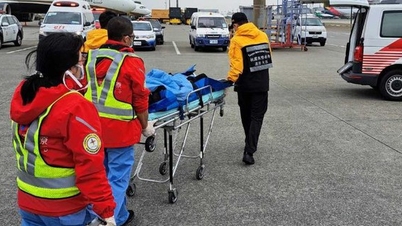


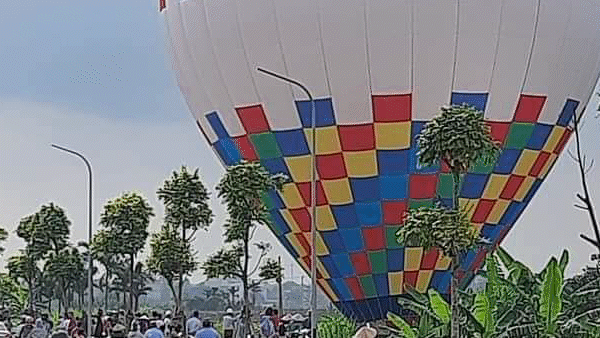



















![[Photo] President Luong Cuong receives Prime Minister of the Kingdom of Thailand Paetongtarn Shinawatra](https://vphoto.vietnam.vn/thumb/1200x675/vietnam/resource/IMAGE/2025/5/16/52c73b27198a4e12bd6a903d1c218846)














































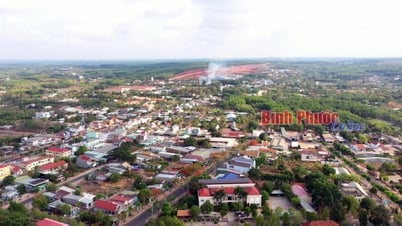













Comment (0)